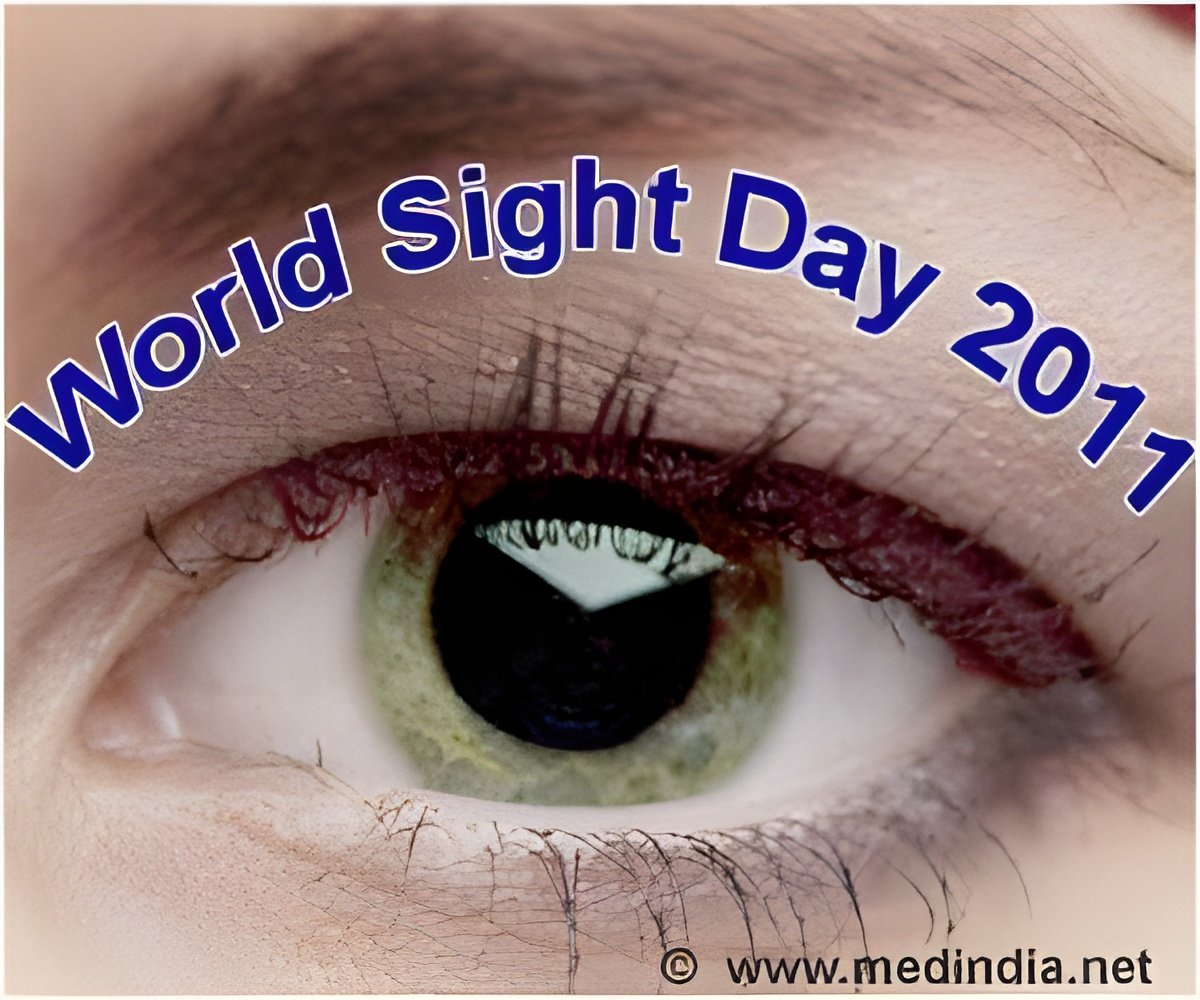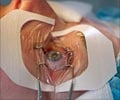On World Sight Day 2011 VISION 2020 encourages people to take eye care seriously. Avoidable blindness is preventable, curable and visually impaired people need to live with dignity and independence.

VISION 2020’s Crusade against Poor Vision
VISION 2020’s target disease areas include cataract, refractive error, trachoma, childhood blindness, low vision, river blindness (Onchocerciasis), glaucoma, diabetic retinopathy and age-related macular degeneration. With the number of diabetic patients spiraling in many countries, vision loss caused by diabetic retinopathy is an increasing threat that could further stretch worldwide vision care.
Partners of VISION 2020 initiative use World Sight Day as a platform to bring blindness and vision impairment into public focus as major international health issues, to influence governments and health ministries so they can allocate funds to tackle blindness prevention programs, to educate target audiences about eye care and blindness prevention and to garner support to take forward VISION 2020 program activities in caring for people's eyesight in different corners of the globe.
WHO Global Facts - An Eye Opener
• Globally, about 284 million people are visually impaired— 39 million are blind and 245 million have low vision
• About 90% of the world's visually impaired people live in low income countries
• Cataracts, glaucoma and age-related macular degeneration are top causes of blindness
• Visual impairment from infectious diseases has considerably reduced in the last 20 years
• 65% of visually impaired people are above 50 years of age. However, only 20% of the world population belongs to this age group
• Approximately 19 million children are visually impaired
Grabbing Eyeballs for World Sight Day
Event plans from around the world for World Sight Day 2011 include seminars, workshops, eye camps, walkathons, fund raisers and a host of other activities. These are aimed at involving people from all walks of life to help people with failing eyesight get medical attention and prevent blindness. Community participation ranges from auctions held on eBay towards financing eye care access in developing countries to free eye check ups in schools, factories and offices organized by corporate hospitals and eye clinics.
VISION 2020 promoters have deliberately not named a global theme for World Sight Day 2011. Without a specific global theme this year, it is hoped each participating organization will improvise and use the day to highlight its own priority areas. This should hopefully give a wider scope to governments, NGOs, health care providers and participating communities to work vibrantly in tune with their own target audiences.
Open your eyes to the worldwide challenge of VISION 2020. World Sight Day 2011 is a great opportunity to get involved in 'sight saving' work in whatever ways you can.
Source-Medindia









